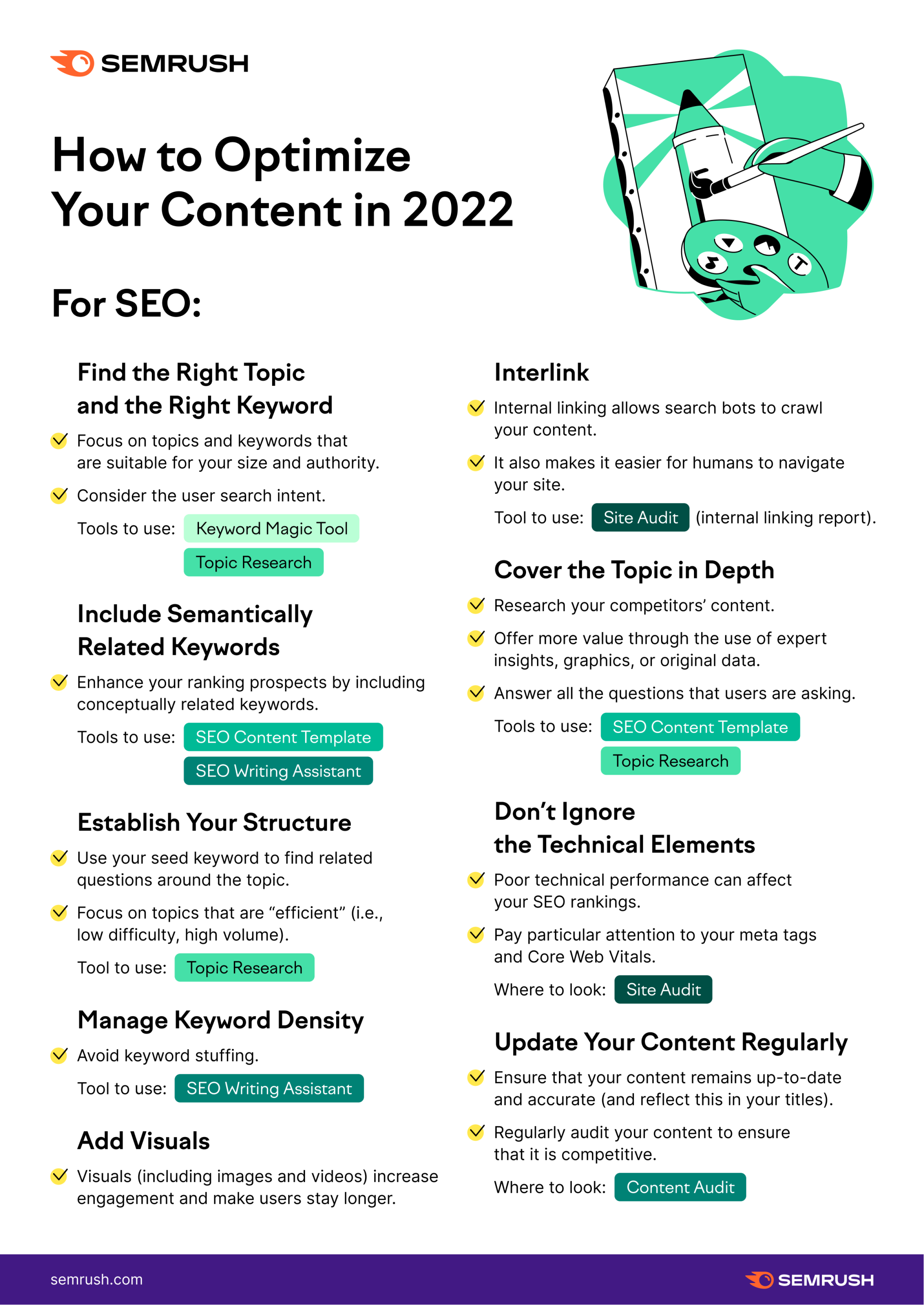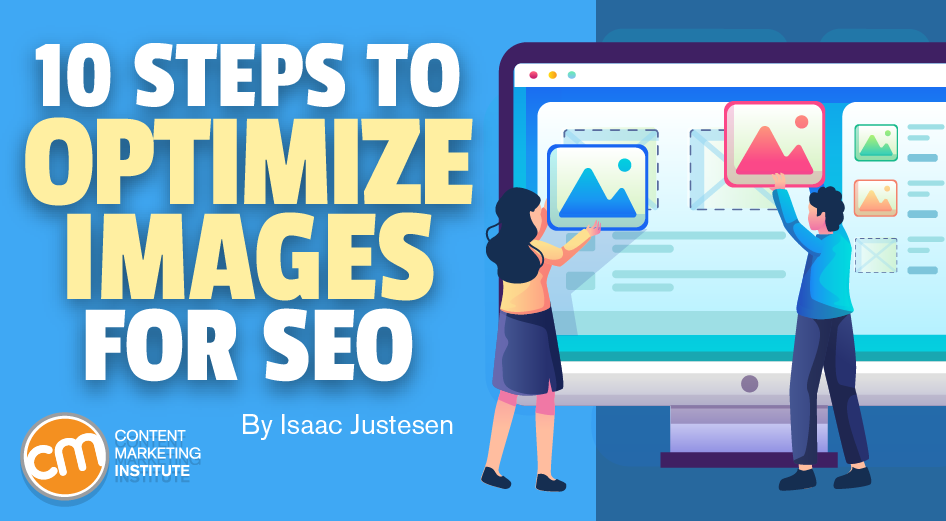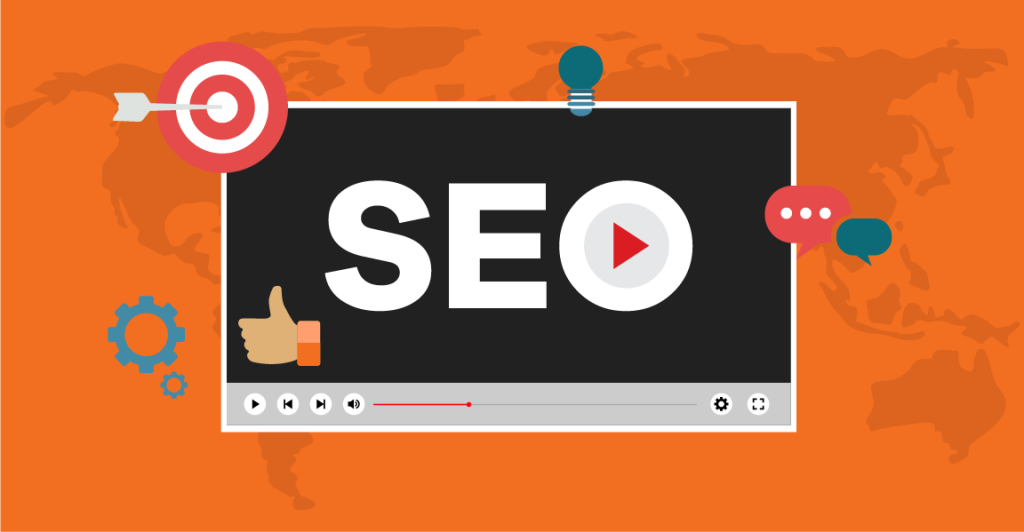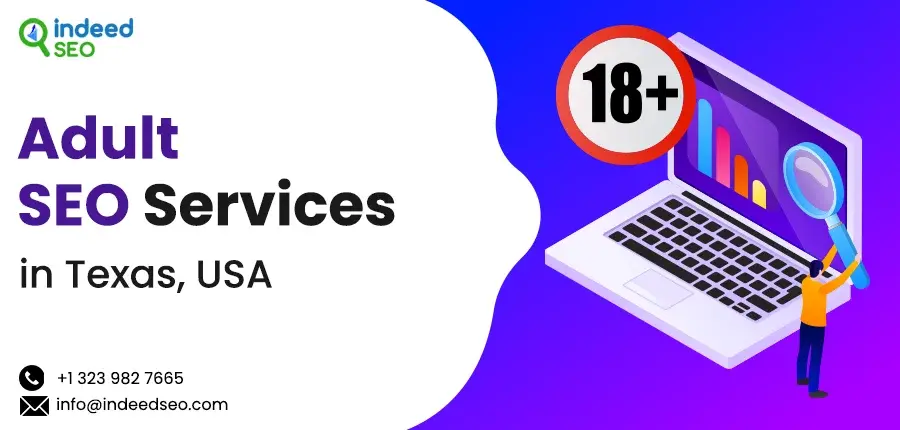To optimize images for SEO, use descriptive filenames and compress file sizes. Alt tags should accurately describe the image content.
Optimizing images is a critical step in enhancing your website’s SEO performance. Clear, well-optimized images improve page load times and user experience, leading to better engagement and conversions. Search engines prioritize websites that provide a seamless user experience, making image optimization essential.
By selecting the right file format and leveraging SEO-friendly image names, you make your content more accessible to search engines. This practice not only boosts your site’s visibility but also contributes to a more inclusive web by aiding screen readers in interpreting images for visually impaired users. Remember, a picture is worth a thousand words, but only if it’s properly optimized for both search engines and users.
The Importance Of Image Optimization
The Importance of Image Optimization is huge for websites. It makes websites rank higher and load faster. Good images make users happy. They stay longer on your site.
Impact On Seo And User Experience
- SEO gets better with optimized images. Search engines love fast websites. Images that load quickly help a lot.
- Users enjoy smooth experiences. They like quick-loading images. This makes them stay and explore more.
Loading Speed And Bounce Rates
Fast-loading images reduce bounce rates. Users leave slow websites. Quick images keep them around. This is good for your site’s health.
| Factor | Impact |
|---|---|
| High-quality Images | Attract more visitors |
| Optimized Images | Increase loading speed |
| Fast Website | Lower bounce rates |
Choosing The Right Images
Images can make or break your SEO efforts. The right visuals are key.
Relevance To Content
Choosing images that fit your topic boosts SEO. They should match your text. Relevant images help readers understand your content better. Users stay longer on your page. This signals search engines that your content is valuable. Use images that reflect your post’s theme.
Quality And Aesthetics
High-quality images improve user experience. They should be clear and visually appealing. Beautiful images get more shares and engagement. This can increase your site’s visibility. Always opt for high resolution but keep file sizes small. Use tools to compress images without losing quality.
File Types Explained
Choosing the right image file type is vital for SEO. It impacts load speed and quality. Know your options.
Jpeg Vs Png Vs Webp
JPEG is for photos with gradients. It’s widely used and has good compression. PNG offers transparent backgrounds. It’s best for logos and graphics. WebP is newer. It provides superior compression and quality. Modern browsers support it.
Best Practices For Different Uses
- Use JPEG for large photos. It loads faster and keeps file sizes down.
- Choose PNG when detail is crucial. It’s perfect for images with text or vector art.
- Opt for WebP for all image types. It offers the best of JPEG and PNG.
| File Type | Use Case | Pros | Cons |
|---|---|---|---|
| JPEG | Photos | Small files, fast loading | Lossy compression |
| PNG | Graphics | Transparency support | Larger files |
| WebP | All images | Best quality and compression | Not universal yet |
Image Sizing And Compression
Image Sizing and Compression play a pivotal role in SEO. The right balance boosts page speed and user experience. Large images slow down your site. This can hurt your search engine ranking.
Tools For Resizing
Several online tools can help you resize images. These include:
- Adobe Photoshop: Offers precise control over image dimensions.
- Canva: Easy-to-use for non-designers with preset sizes.
- GIMP: A free alternative with robust features.
- TinyPNG: Compresses images with minimal quality loss.
Balancing Quality And File Size
Striking a balance is key. Use the lowest file size while maintaining quality. This ensures fast load times without compromising visual appeal.
Consider these tips:
- Choose the right format: JPEG for photos, PNG for graphics.
- Reduce resolution: Only as high as necessary for display.
- Use compression tools: Online tools can reduce file sizes.
Remember, optimized images improve SEO. They enhance user engagement and retention. Start optimizing today!
Naming Images Effectively
Effective naming is crucial for image SEO. It helps search engines understand and rank images properly. Let’s dive into how to name images for the best SEO results.
Keyword-rich File Names
Using keywords in image file names boosts SEO. Search engines crawl file names. Relevant keywords help them index images in context. Choose keywords that describe the image and match the content on the page. Use hyphens to separate words in file names. Avoid underscores, as search engines read them as connecting characters, which can muddy your SEO efforts.
Examples:
red-sports-car.jpg– Good for SEOimage123.jpg– Bad for SEO
Structure And Consistency
Consistency in naming files aids in organizing images. It makes them easier to find and track. Establish a naming structure and stick to it. This includes using a consistent case for all file names. Choose between lowercase or CamelCase and use it across all images. This consistency helps with user experience and SEO.
| Inconsistent | Consistent |
|---|---|
| myImage.JPG | my-image.jpg |
| flowerphoto.png | yellow-flower.png |
Credit: aspiration.marketing
Alt Text And Accessibility
Let’s dive into the world of Alt Text and Accessibility. This part is crucial for both users and search engines. It makes images understandable and searchable. We will explore how to craft alt text that boosts SEO and aids accessibility.
Crafting Descriptive Alt Text
Alt text is a short description of an image. It helps visually impaired users understand pictures. Search engines use it to know what an image shows. Good alt text is both descriptive and concise. Here are tips to write effective alt text:
- Be specific in your description.
- Keep it under 125 characters.
- Include keywords naturally.
- Avoid starting with “image of” or “picture of”.
- Describe the image’s context related to the content.
The Role In Seo
Alt text plays a vital role in SEO. It helps search engines understand your content’s visuals. This understanding can boost your site’s visibility. Here’s how alt text benefits SEO:
- Improves accessibility, making your site more inclusive.
- Increases relevance to search queries through keywords.
- Enhances image search rankings on search engines.
- Contributes to overall SEO by providing context.
Remember, alt text is not just for SEO. It makes your site better for everyone. Crafting thoughtful, descriptive alt text is a step towards a more accessible and visible web presence.
Responsive Images For Multi-device Compatibility
Today, web content is accessed on a multitude of devices. Smartphones, tablets, and desktops all have different screen sizes. Responsive images adjust to fit these devices. This ensures a fast, optimized, and enjoyable user experience. Let’s explore how to make images responsive for SEO.
Using Srcset And Sizes Attributes
The srcset attribute in HTML allows browsers to choose the best image size. This happens based on the screen’s resolution. The sizes attribute tells browsers what size the image will be at different breakpoints. Together, they ensure the right image loads quickly on every device.
Implement srcset like this:

Use this simple table to understand the attributes:
| Attribute | Function |
|---|---|
srcset |
Lists images with different sizes |
sizes |
Defines image display size at breakpoints |
Adapting Images For Different Screens
Responsive design is essential for SEO. It adapts images to different screen sizes. This creates a seamless experience on all devices. Use CSS and HTML to ensure images scale correctly. Media queries in CSS help to change image styles at different breakpoints.
Here’s how to use media queries for responsive images:
@media (max-width: 600px) {
.responsive-image {
width: 100%;
height: auto;
}
}- Test images on various devices.
- Adjust CSS to fit images into different layouts.
- Optimize images to load fast on all connections.
Remember, responsive images enhance user engagement. They also improve your site’s SEO rank.

Credit: credible-content.com
Leveraging Image Sitemaps
Visuals enhance user engagement on websites. Yet, they need proper SEO to rank well. Image sitemaps can boost this process. Let’s dive into creating and submitting image sitemaps.
Creating An Image Sitemap
Image sitemaps help search engines find your visuals. You list image URLs in an XML sitemap. This guides Google to index your images.
Steps to create an image sitemap:
- Gather all image URLs on your site.
- Generate the XML file with a sitemap generator.
- Include
- Add
- Save the file as ‘sitemap-images.xml’.
Inclusion In Google Search Console
Submitting your image sitemap to Google is crucial. It tells Google your images are ready for indexing.
Follow these steps:
- Log in to Google Search Console.
- Select ‘Sitemaps’ from the menu.
- Enter the sitemap URL.
- Click ‘Submit’.
Google will start processing your sitemap. Your images stand a better chance of appearing in search results.
Advanced Techniques And Tools
Optimizing images is key for faster websites and better SEO. Advanced techniques and tools help. They make images load quickly and rank high in search engines. Let’s explore some top methods and tools.
Automating Optimization With Plugins
Plugins automate image optimization. They save time. They improve website speed. WordPress offers many plugins for this task. Popular plugins include:
- WP Smush – compresses images without quality loss.
- EWWW Image Optimizer – optimizes images on upload.
- ShortPixel – offers advanced compression techniques.
Choose a plugin. Install it in WordPress. It will optimize images automatically. This helps your website’s SEO.
Ai-driven Image Optimization
AI-driven tools take image optimization further. They analyze and adjust images smartly. They improve SEO and user experience. Examples include:
| Tool | Features |
|---|---|
| TinyPNG | Uses smart lossy compression techniques. |
| Imagify | Automatically resizes and compresses images. |
| Cloudinary | Offers AI-based cropping and quality adjustments. |
These tools analyze content. They ensure images look great. They make images SEO-friendly. This boosts your website’s performance.

Credit: www.semrush.com
Monitoring Image Performance
Images boost user engagement and make content appealing. But, are your images pulling their weight in SEO? Monitoring image performance is crucial. It involves tracking how images affect your site’s traffic, load times, and rankings. Let’s dive into the key aspects of this process.
Analytics And Metrics To Watch
Key metrics provide insights into image effectiveness. Track these:
- Page Load Time: Fast-loading images improve user experience.
- Bounce Rate: Measures if visitors stay after seeing your images.
- Image Visibility: Check if images appear in search results.
- Click-Through Rate (CTR): High CTR indicates compelling images.
Use tools like Google Analytics to monitor these metrics. Adjust images based on data.
Continuous Improvement Strategy
SEO is an ongoing journey. Apply a continuous improvement strategy:
- Analyze Data: Regularly review image performance metrics.
- Test Changes: Experiment with image sizes, formats, and alt texts.
- Update Regularly: Refresh old images to stay relevant and engaging.
- Optimize Continuously: Implement SEO best practices for all images.
Stay proactive with image SEO. Keep images optimized for search engines and users alike.
Frequently Asked Questions
How To Optimize Your Images For Seo?
To optimize images for SEO, choose descriptive file names and include relevant keywords. Always compress images to reduce load time. Utilize alt tags to describe images, enhancing accessibility and SEO. Ensure images are responsive, fitting various device screens. Lastly, use image sitemaps to help search engines find all images.
What Is The Best Image Format For Seo?
The best image format for SEO is WebP, offering high quality with small file sizes. JPEG is also a good choice for photos, while PNG suits detailed graphics. Prioritizing fast loading times and image quality boosts SEO effectively.
Does Adding Images Improve Seo?
Yes, adding relevant images with proper alt tags can enhance SEO by making content more engaging and improving user experience.
How Do I Optimize An Image Load?
To optimize image load, choose the correct format, like JPEG for photos or PNG for graphics. Compress images using tools like TinyPNG. Resize images to match display dimensions. Implement lazy loading so images load as users scroll. Use CDNs to deliver images faster.
Conclusion
Optimizing images is key for boosting SEO and enhancing user engagement. Remember to compress files, use descriptive alt tags, and choose the right format. By following these steps, your website’s load time improves, and search engines reward you with higher rankings.
Start optimizing your images now for a noticeable difference in your site’s performance.



